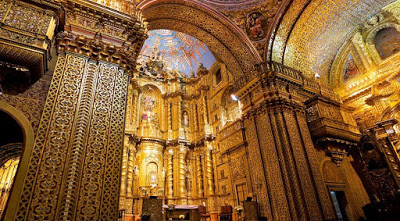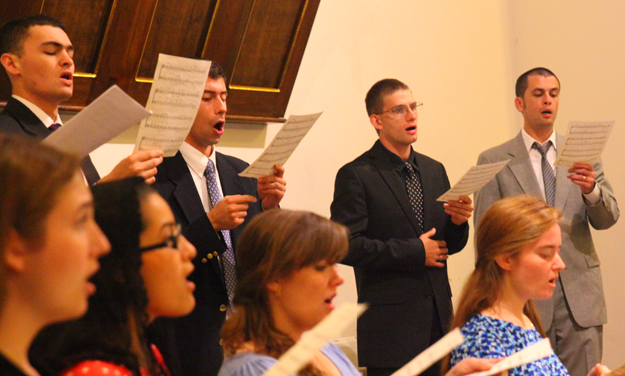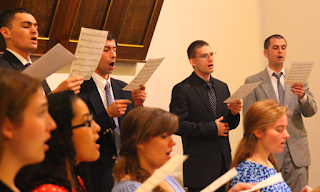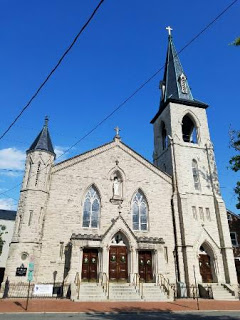Studying Church history is like reading medical textbooks–one sees symptoms everywhere.
There aren’t really any new heresies. Heresy is the original recycling movement. You run into Arianism in every age, for example.
Well this really bizarre heresy came out in the late 12th century, because of the delusions of a poor fellow named Amalric, who was so wrong that even though he had taken back his heresy during his lifetime, his body was exhumed and burned after his death. This is because his whacky ideas became influential, and became even stranger in the different versions believed by his followers.
Part of the problem with his teaching was the garden-variety pantheism that some people involved in the New Age buy into. People believe that they are divine, and all creation is divine.
It’s thankfully hard to fool anyone with even a minimum of catechesis that this is true. As the 4th Lateran Council taught in its 2nd Canon, “We also reject and condemn that most perverse doctrine of the impious Amalric, whose mind the father of lies blinded to such an extent that his teaching is to be regarded as mad more than as heretical.”
As with a lot of heresies, however, the Free Spirit heresy was more pernicious when it was more “spiritual.” When put into terms that are religious–in this case, following the guidance of the Holy Spirit–all sorts of mayhem can follow.
You can see how this happens. Instead of blatantly claiming “I’m divine, so I know all,” which everyone will realize is a psychosis, what if instead I said “The Holy Spirit is inspiring me to say or do such-and-such.” In that case, I might still be appropriating infallibility to my thoughts, words, and actions, and because of the “spiritual” language, I might get away with it.
This has been a frightfully divisive issue in the Church since St. Paul wrote 1 Corinthians in response to it. As in Corinth, the late medieval variations of the Free Spirit heresy often resulted in the countenancing of licentious behavior, because, after all, each individual is a law unto him or herself. Other effects are a reaction against priests and sacraments–presumably because I can commune with God all by myself.
You can see how this plays out in daily parish life too. Musicians can be subject to this fallacy. I might think that the Holy Spirit is inspiring me to sing a certain motet at offertory, and anyone who opposes the motet is opposing the Holy Spirit. This sounds crazy but people act like this, in a lot of different ways.
It’s tricky, isn’t it, because in fact we are given the Holy Spirit with the sanctifying grace of baptism. But how do we cooperate with that gift?
I suppose this is one of the reasons that humility, obedience, and sacred Tradition are emphasized in the Catholic faith, because my own “power” and “wisdom”–to use St. Paul’s words–should be both subjected and in service to the community.
As St. Paul says in another place, “And over all these virtues put on love, which binds the rest together and makes them perfect.”





